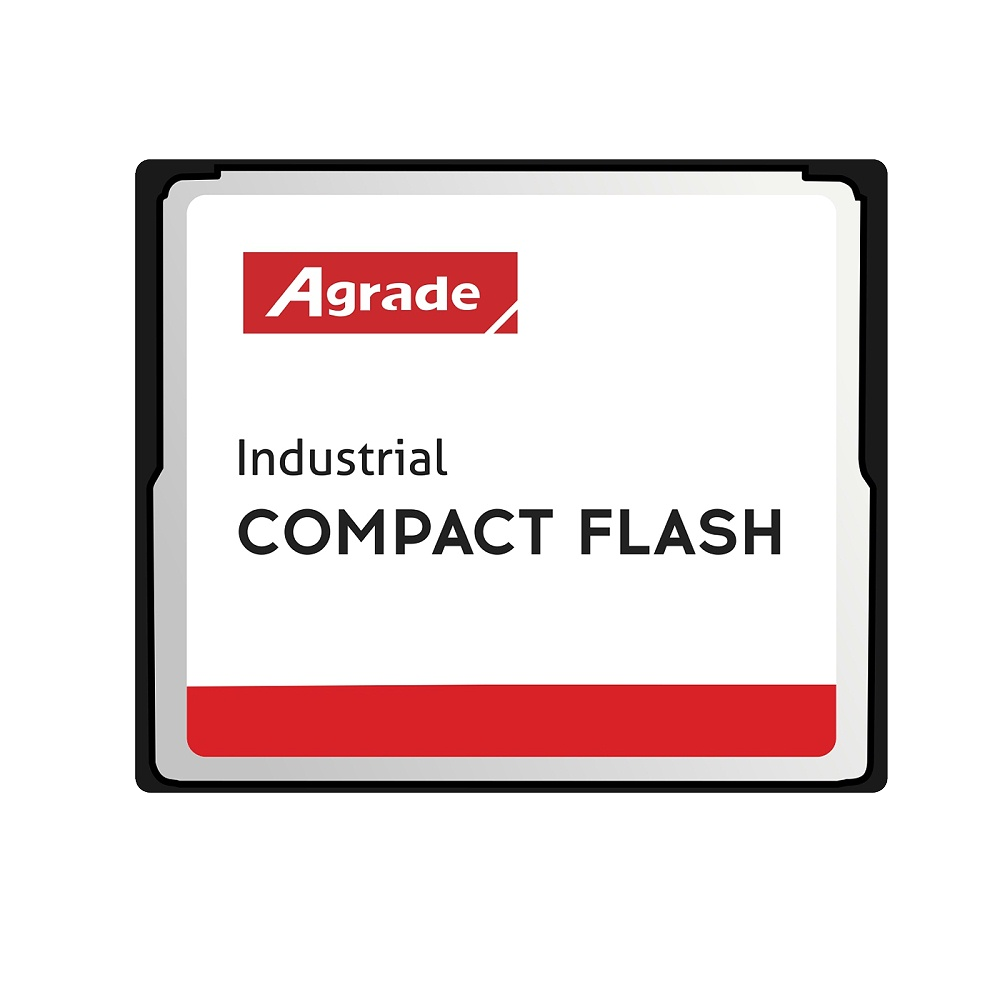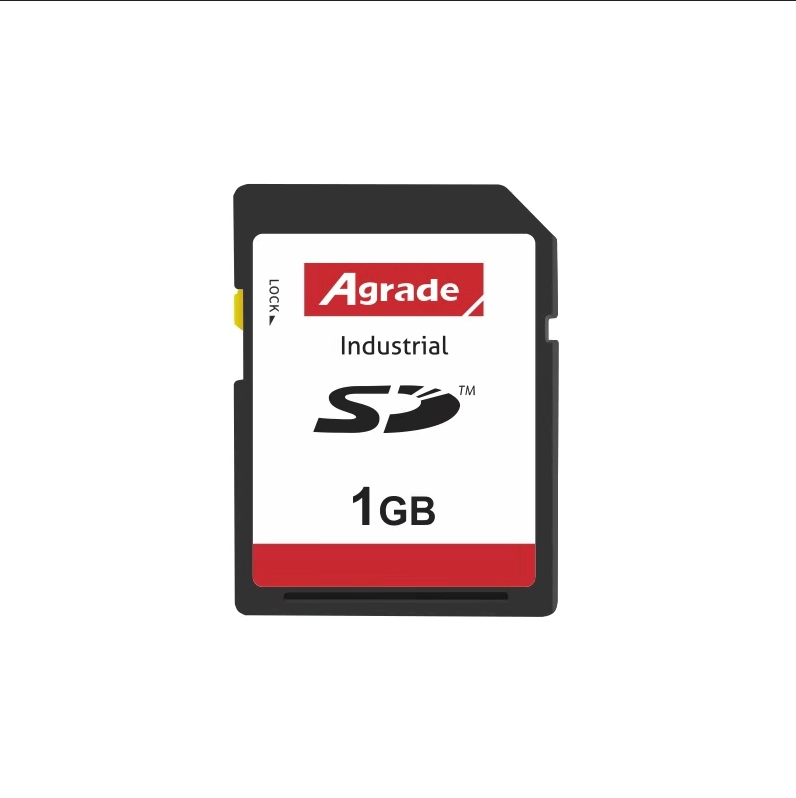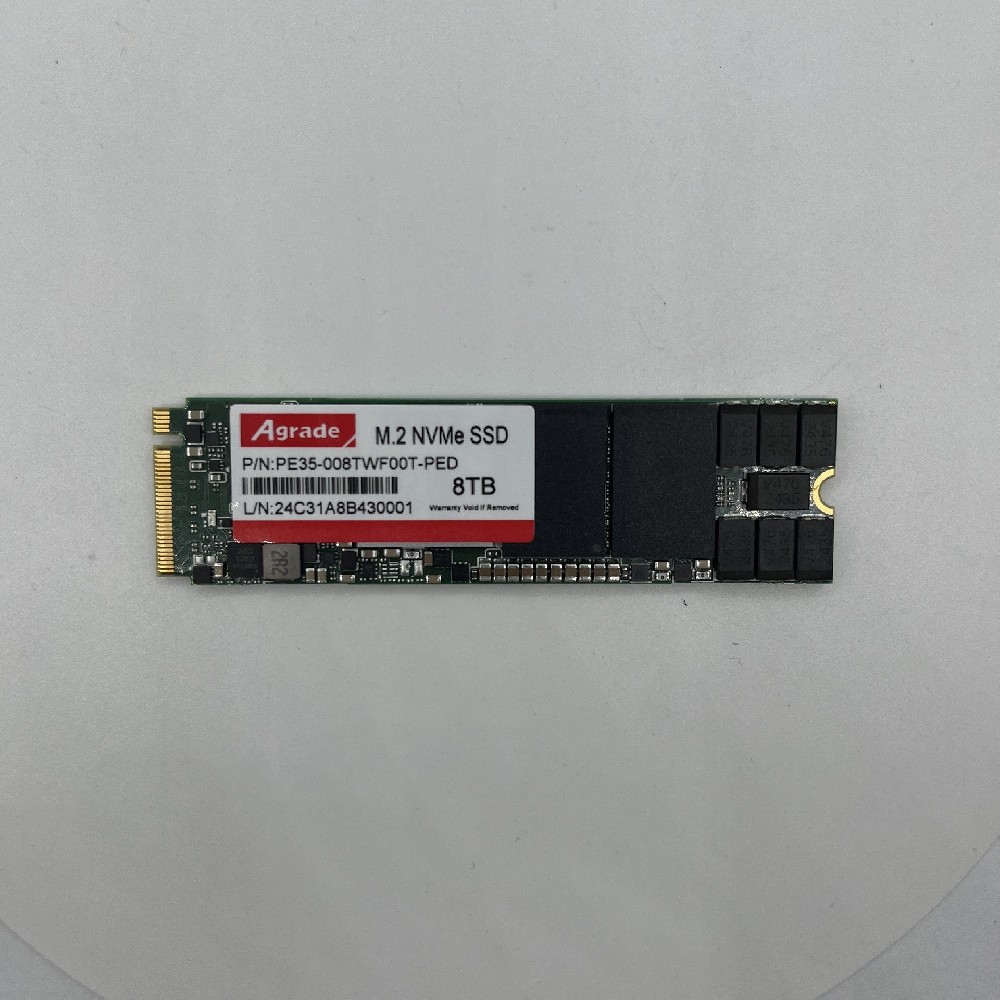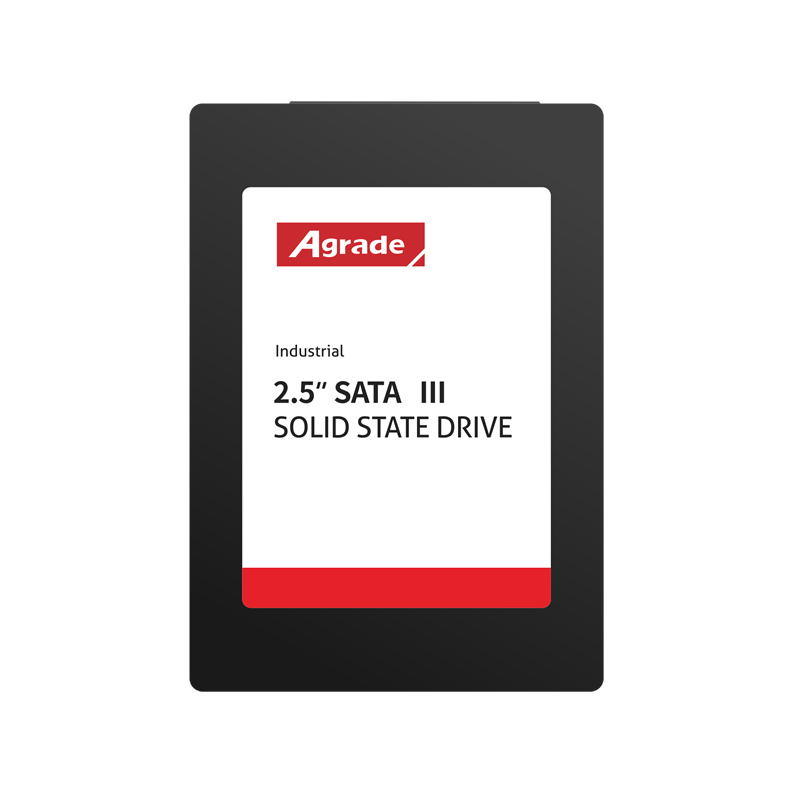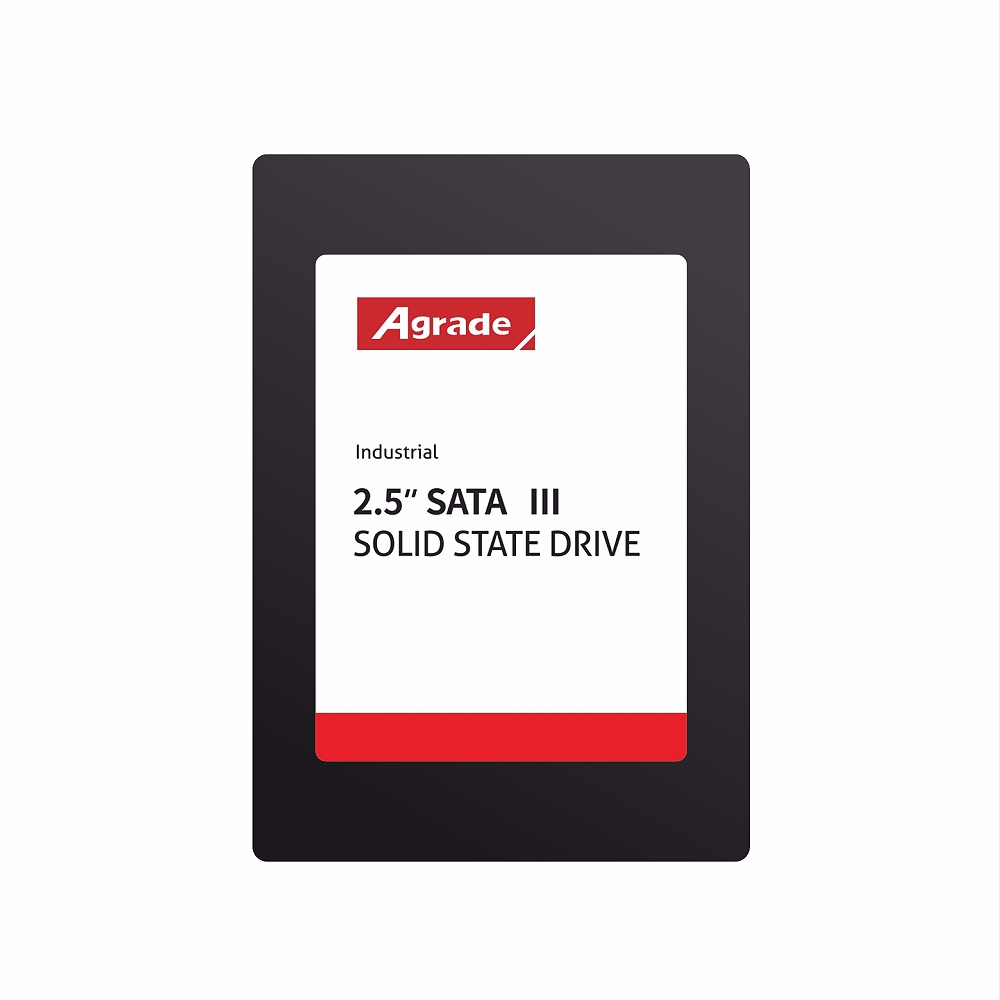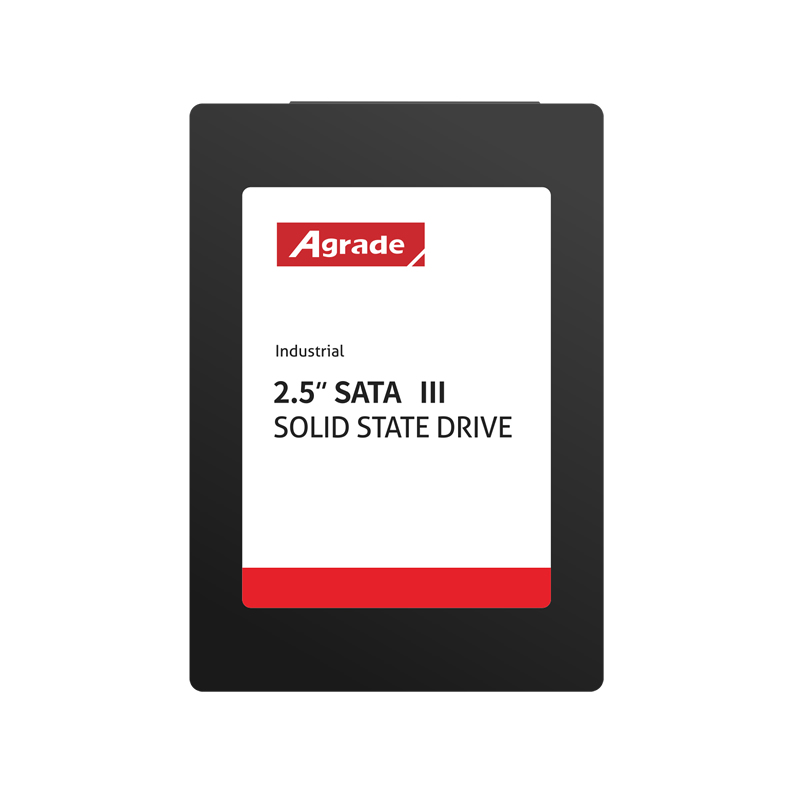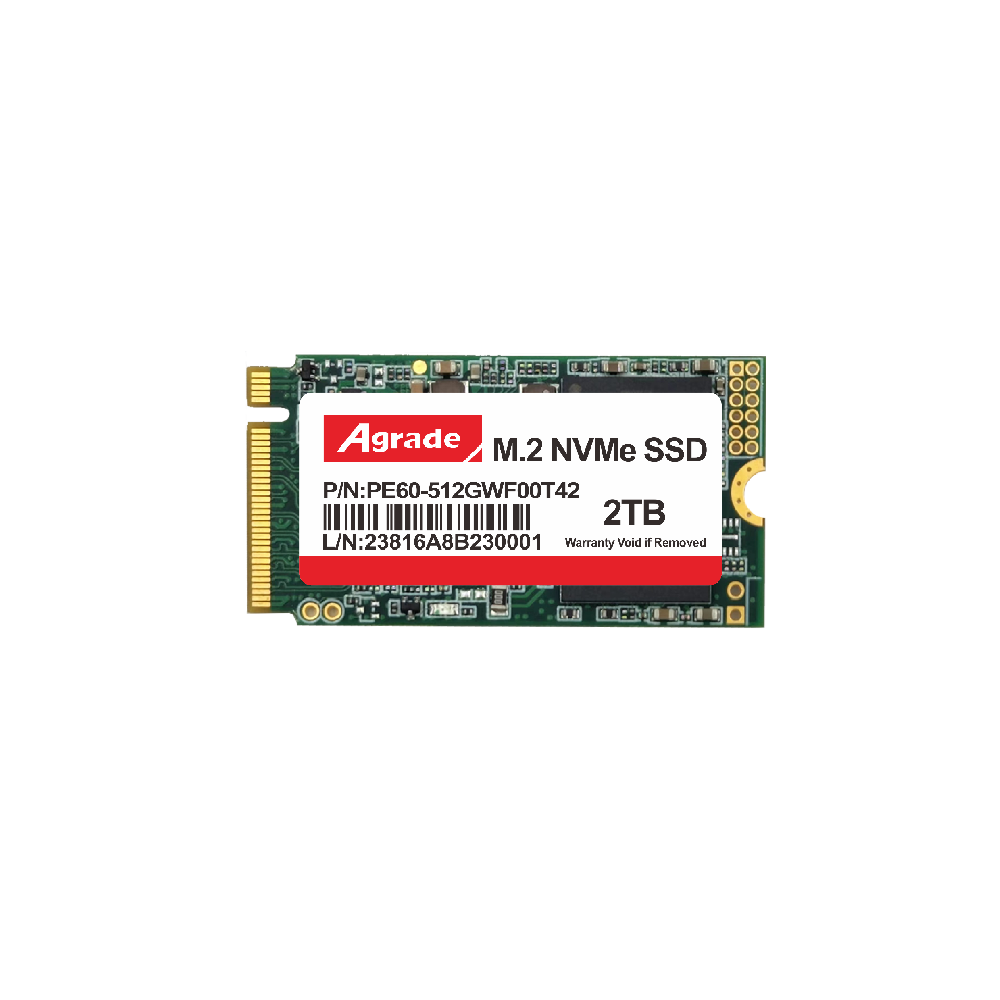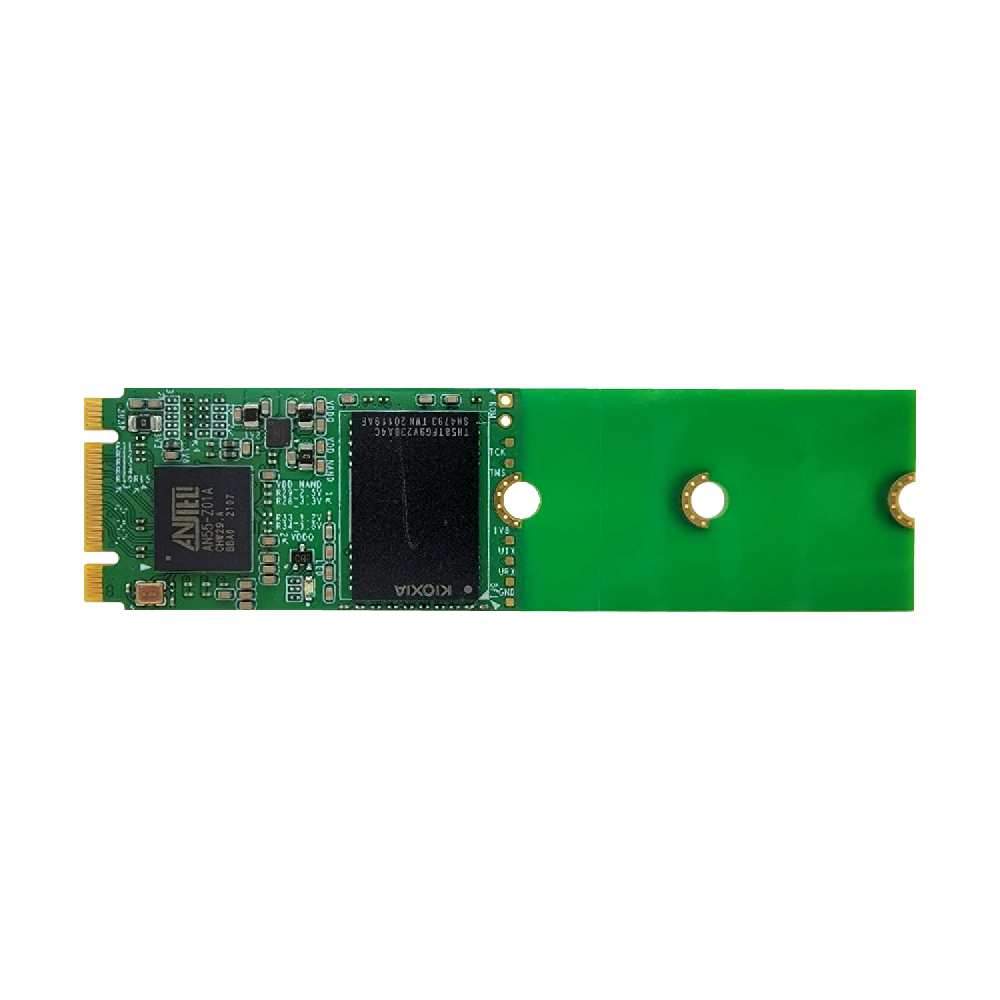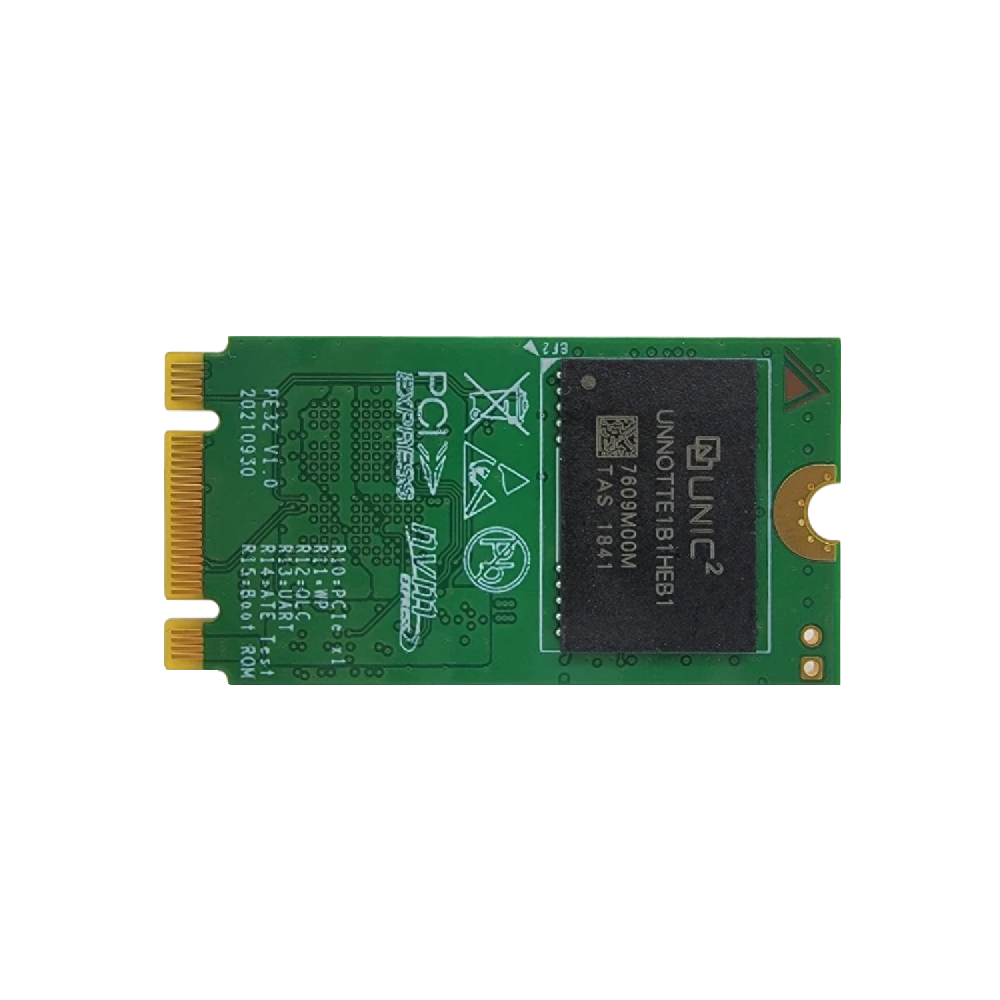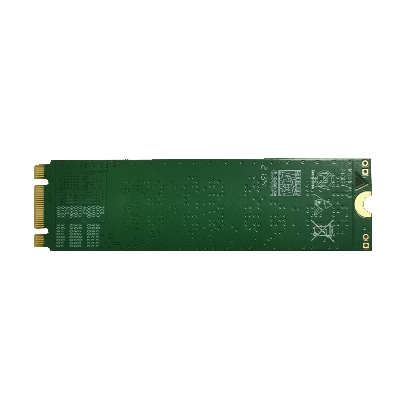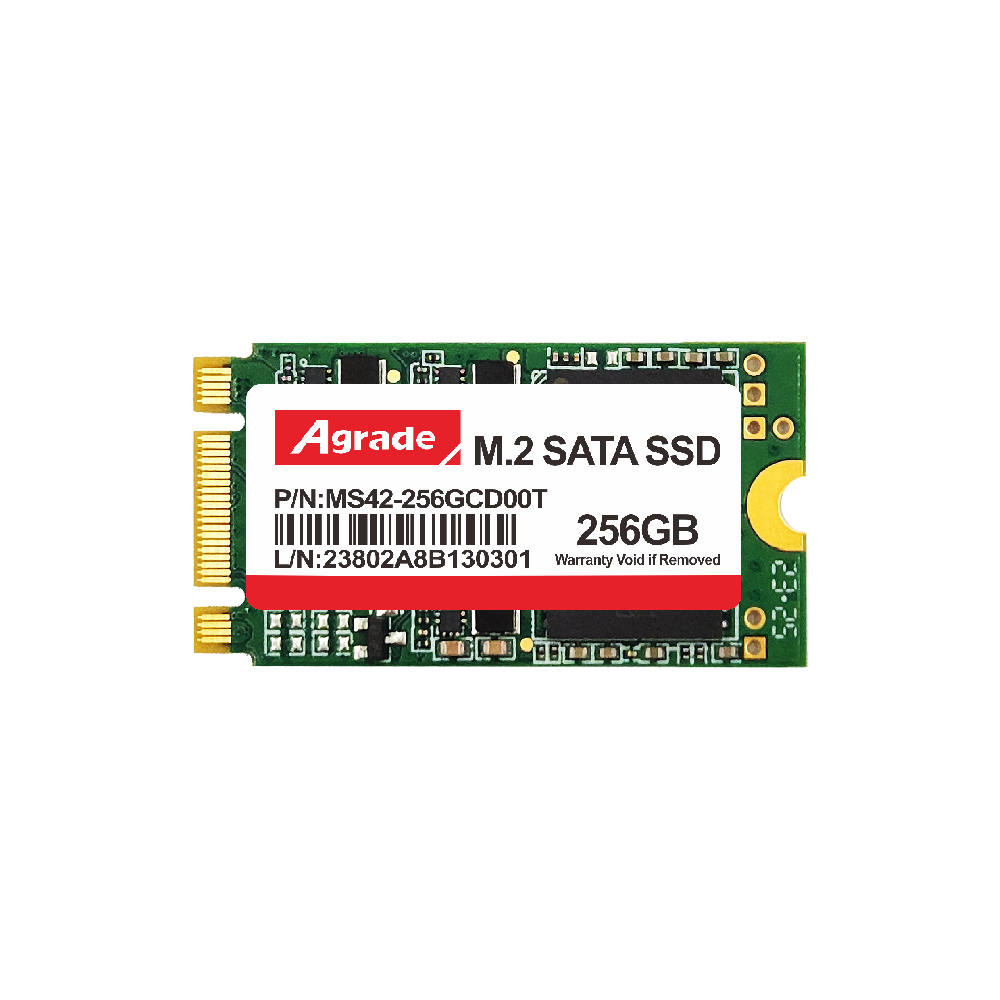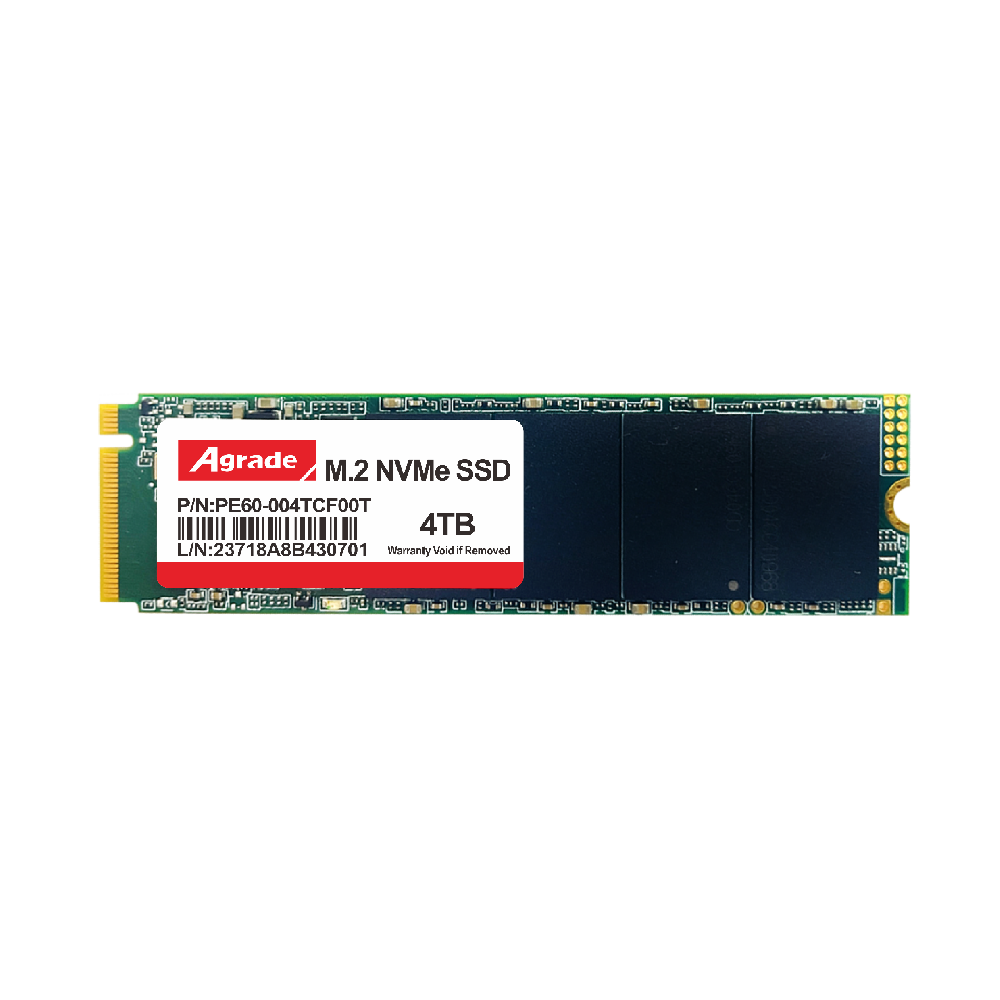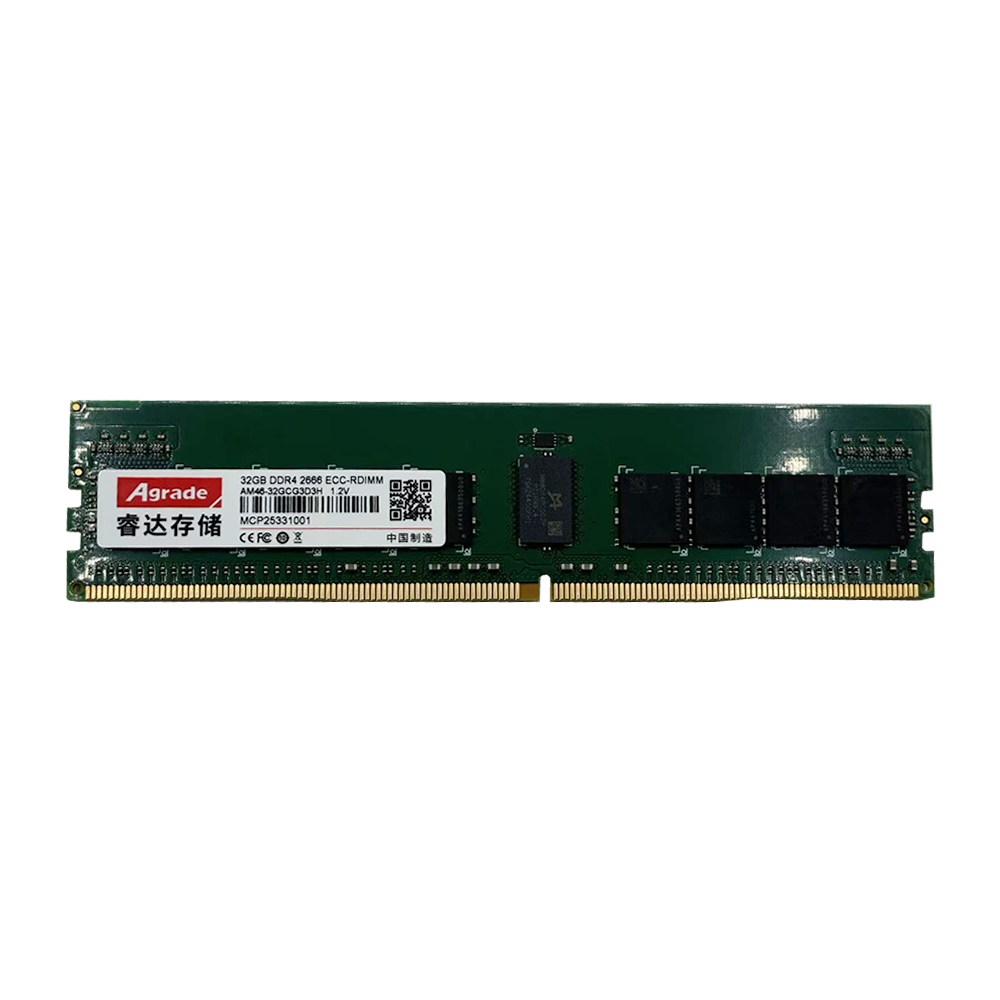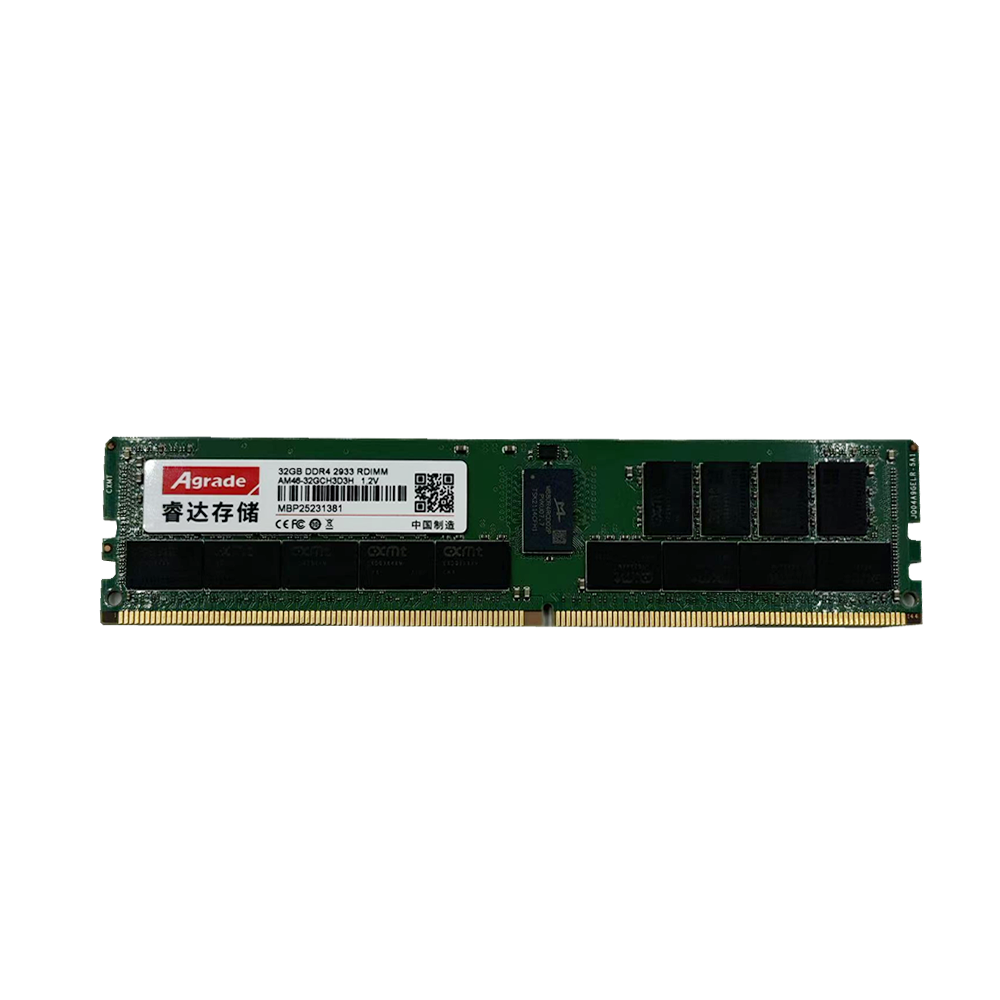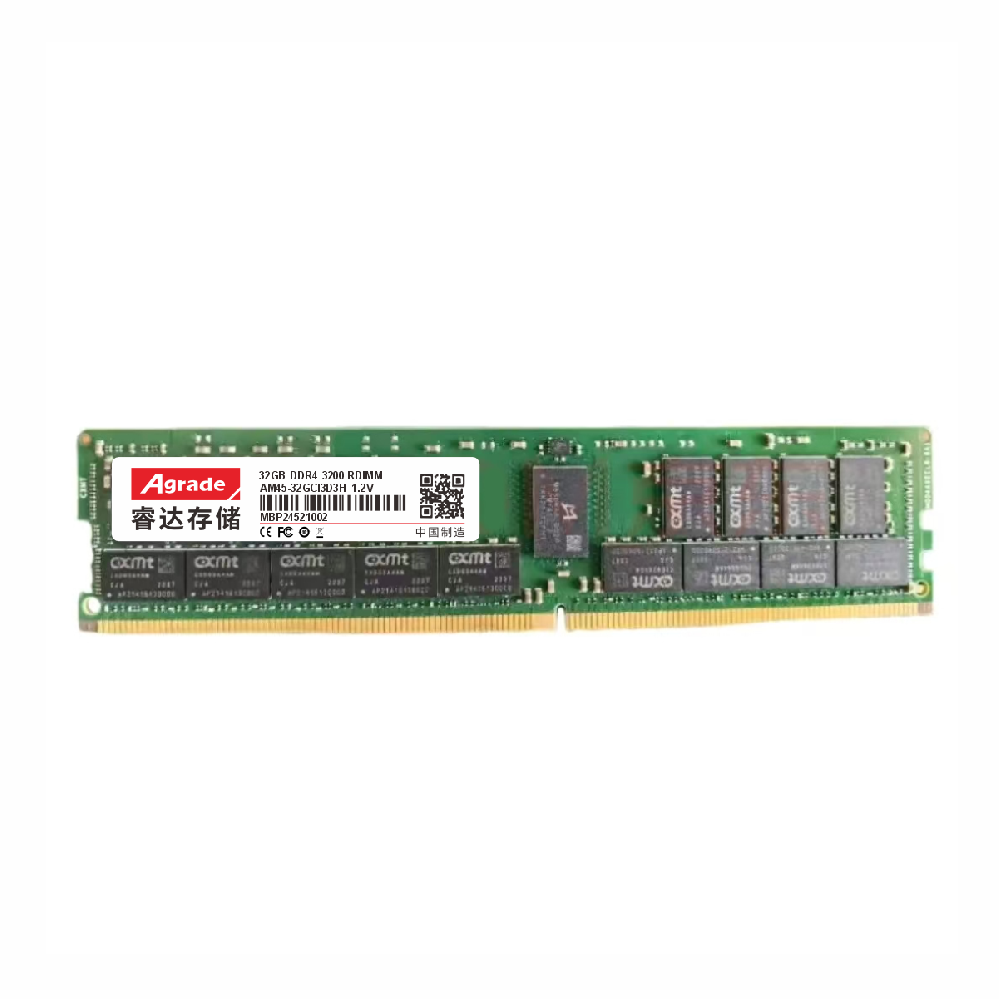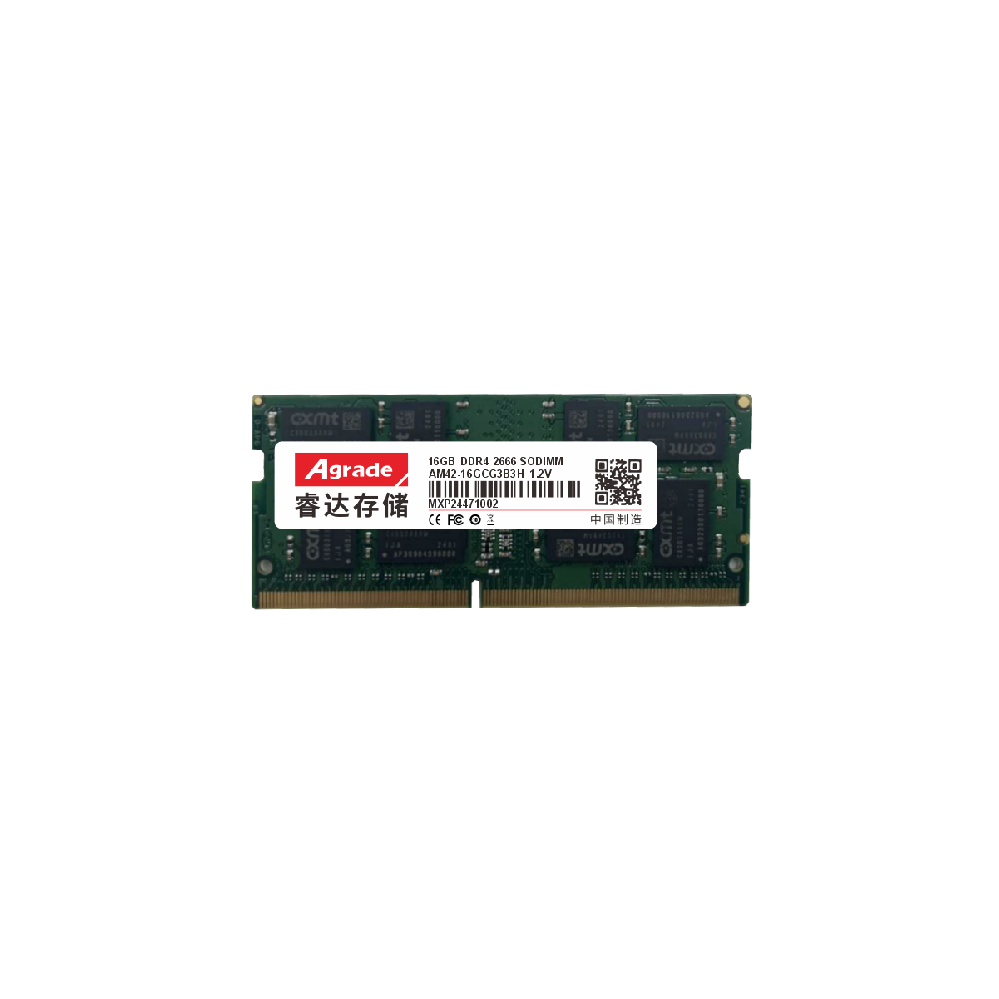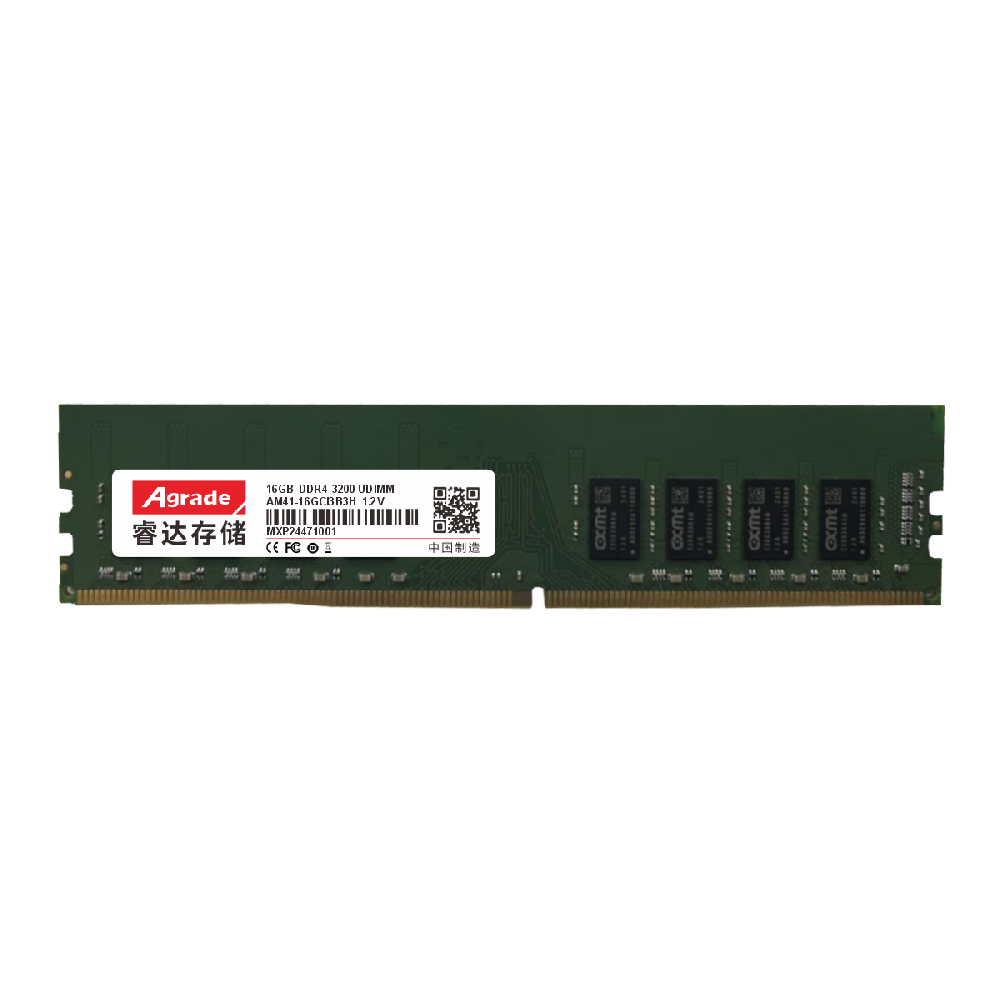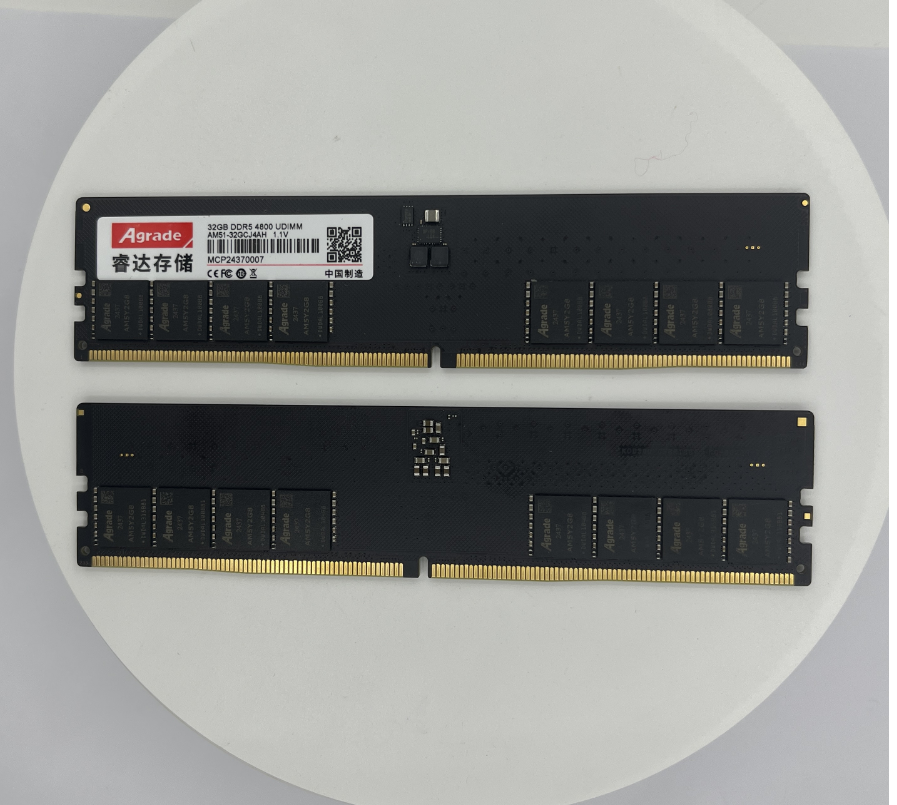

News
 电商部
电商部  2025-10-28 12:02:11
2025-10-28 12:02:11 What is 3D NAND flash technology?
Under the wave of digitization, the demand for data storage is exploding, and 3D NAND flash technology has emerged as one of the core technologies in the storage field.
Origin and Development of Technology
Traditional NAND flash memory adopts a planar structure. With the continuous increase of storage density, planar NAND flash memory faces physical limitations challenges, such as difficulty in further reducing the size of storage units and increased interference between adjacent units. To overcome these limitations, 3D NAND flash technology was born. It was first mass-produced by Samsung in 2013, and since then, major storage manufacturers have invested in research and development, constantly iterating and upgrading their technology, from the initial 32 layers to over 200 layers today, greatly improving storage capacity and performance.
Technical Principle
3D NAND flash technology achieves higher storage density on a limited chip area by vertically stacking storage units to create a multi-layered structure, much like building a high-rise building. Each storage unit still uses a floating gate or charge trap structure to store charges, but unlike planar NAND, 3D NAND's storage units are arranged vertically and perform data read and write operations through vertical channels. This vertical stacking method greatly increases the number of storage units, thereby improving storage capacity.

significant advantage
large storage capacity
Due to the vertical stacking characteristics, 3D NAND flash memory can integrate more storage units on chips of the same area, resulting in a significant increase in storage capacity. Nowadays, a solid-state drive (SSD) based on 3D NAND technology can have a capacity of several terabytes, meeting users' demand for large capacity storage.
performance improvement
3D NAND flash memory has faster read and write speeds and lower latency. Its vertical channel design reduces the distance of data transmission, improves data transmission efficiency, enables the system to read and write data faster, and enhances overall performance.
cost reduction
With the continuous maturity of technology and the increase in production volume, the production cost of 3D NAND flash memory is gradually decreasing. This makes storage products based on 3D NAND technology more affordable, promoting the popularization and development of the storage market.
Reliability Enhancement
3D NAND flash memory improves the stability and durability of storage units by optimizing their structure and materials, reducing the risk of data errors and loss, and extending the lifespan of storage products.
3D NAND flash technology, with its unique advantages, has become the mainstream technology in the storage field, bringing new changes and development opportunities to data storage.

